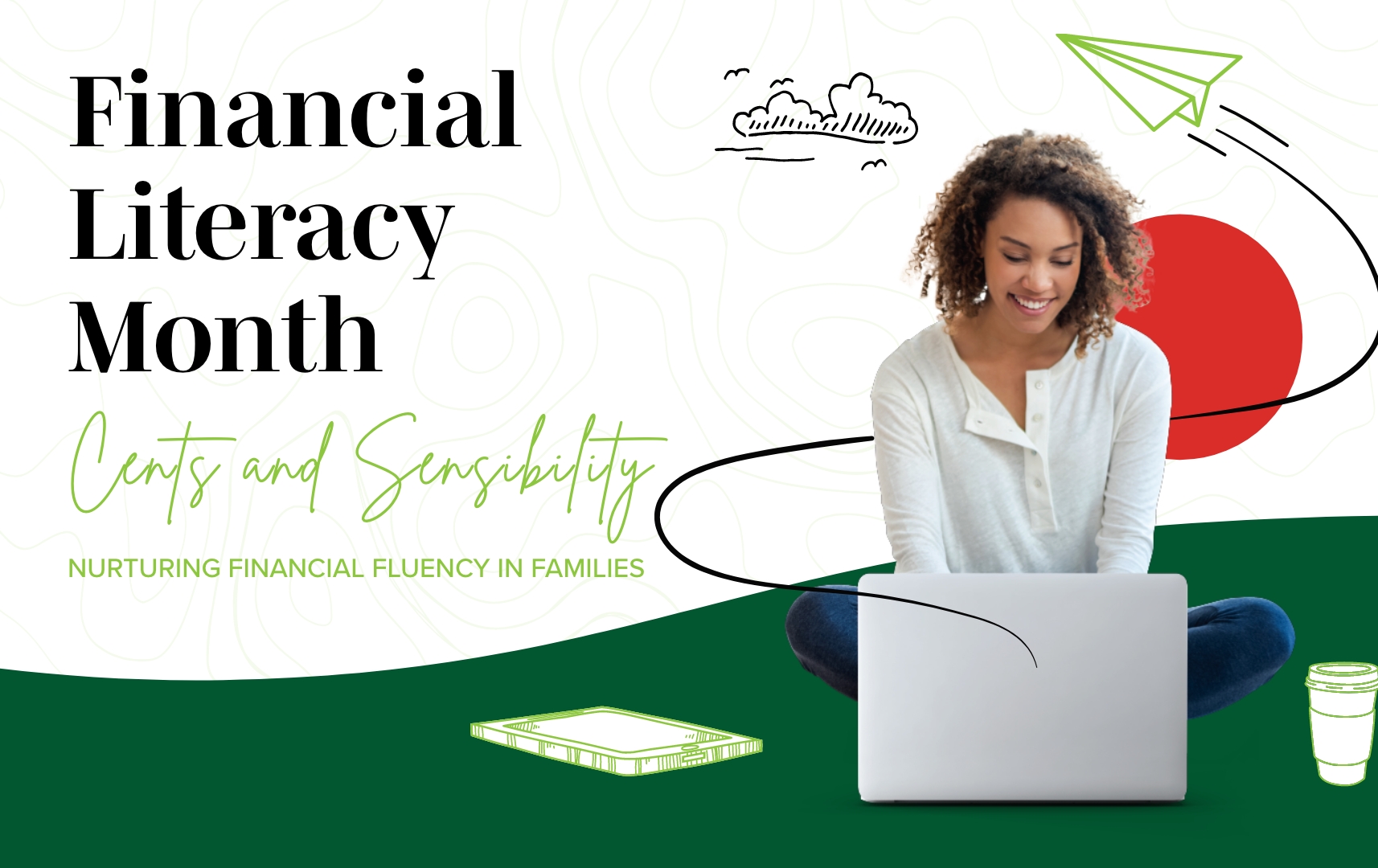In generations past, the topic of money often lingered in the shadows of conversation, shrouded in a veil of privacy and taboo. The silence surrounding fiscal matters left many navigating the complexities of personal finance without a compass, leading to a landscape where financial literacy was more of an exception than a norm.
The Seeds of Financial Wisdom. Research reveals that children as young as three are already developing behaviors and attitudes about money. Engaging them early can cultivate a fertile ground for lifelong financial well-being. The benefits of these conversations are manifold, fostering:
- A robust and healthy relationship with money
- Trust and inclusivity in family economic decisions and matters
- Prevention of misconceptions about the family’s fiscal health
- Acumen for savvy financial choices
- A welcoming atmosphere for fiscal curiosity and education
The Evolution of Money Talks. As society awakens to the importance of financial education, the dialogue around money is undergoing a renaissance. The question then arises: When is the opportune moment to begin, and what topics should be broached? The essence of these discussions need not revolve around specific figures but rather the principles and practices that underpin sound financial habits.
Honesty and Comfort in Conversation. Honesty is the cornerstone of meaningful dialogue, even when the topic feels daunting. It’s okay to acknowledge the discomfort and to admit that the journey of financial understanding is one of continual learning—for parents and children alike.
Sharing Stories, Not Just Statements. While it’s not necessary to dissect every financial decision, sharing the lessons learned from past missteps can be invaluable. These narratives can serve as cautionary tales or beacons of wisdom, guiding the younger generation on their fiscal voyage.
Practical Lessons in Daily Life. The rhythm of daily life is rich with teachable moments:
- Involve young children in crafting the grocery list, sparking discussions on value and cost comparison.
- Empower adolescents with a set budget for school shopping to prioritize their needs and wants.
- With older teens, embark on conversations about long-term goals, such as saving for higher education or planning a family getaway.
Visualizing Goals and Plans. Illustrating savings objectives and budgetary frameworks can transform abstract concepts into tangible targets. Utilize visual aids like bulletin boards to track progress and celebrate milestones, making saving a visible and collective triumph.
Positive Phrasing for Positive Mindsets. The language we choose can shape our relationship with money. Opt for empowering terms that frame financial planning as a journey of choice and prioritization:
- Replace “budgeting” with “spending plan,” emphasizing strategic allocation rather than restriction.
- Swap “we can’t afford it” with “we’re choosing to allocate our funds differently” or “let’s explore how we can save for this.”
The ultimate aim is to weave a tapestry of financial understanding that enriches the family dynamic. By fostering an environment where money talks are not just routine but welcomed, we lay the groundwork for a future where financial literacy is a shared family legacy. Central to this vision is the cultivation of a healthy relationship with money—one that is rooted in respect, mindfulness, and informed decision-making. It’s about creating a space where money is seen not as a source of stress but as a tool for achieving dreams and supporting one another. In this nurturing atmosphere, children learn to view money as a positive and empowering aspect of life.
Table Talk: For a dash of fun and engagement, consider incorporating our Money Conversation Starters with thought-provoking questions to spark family discussions about money over dinner.
